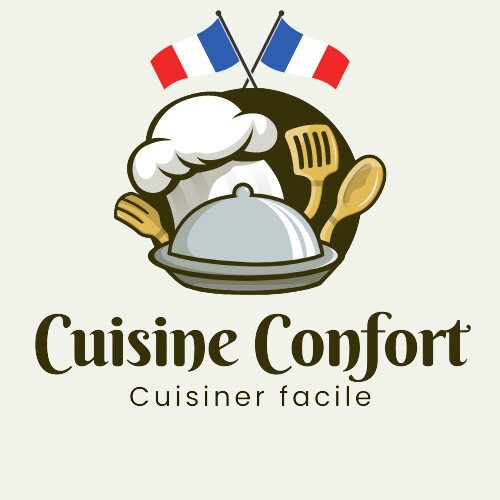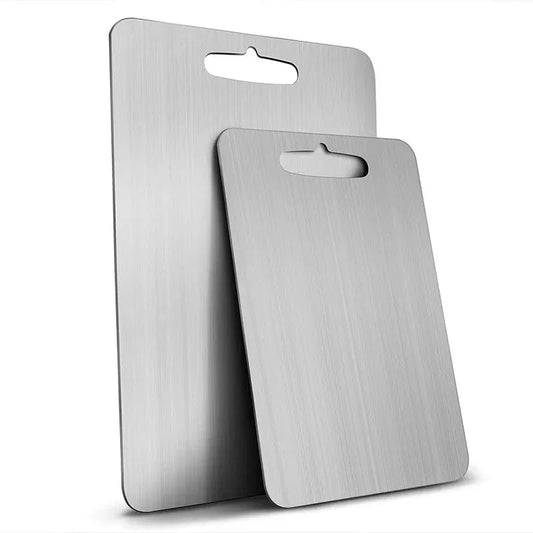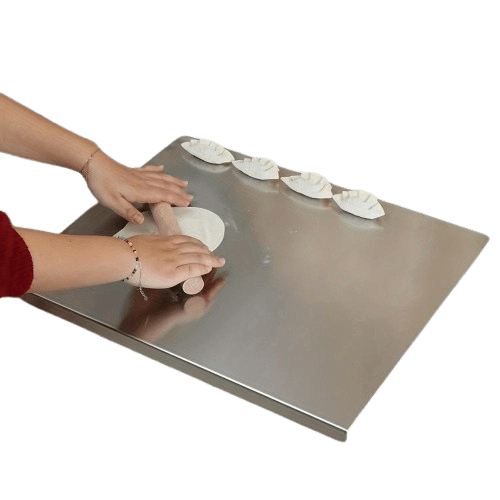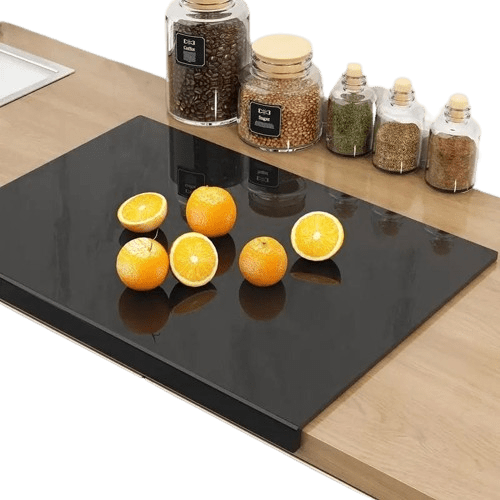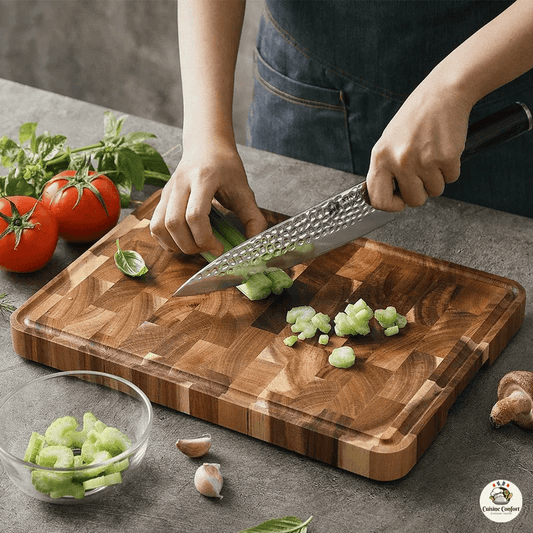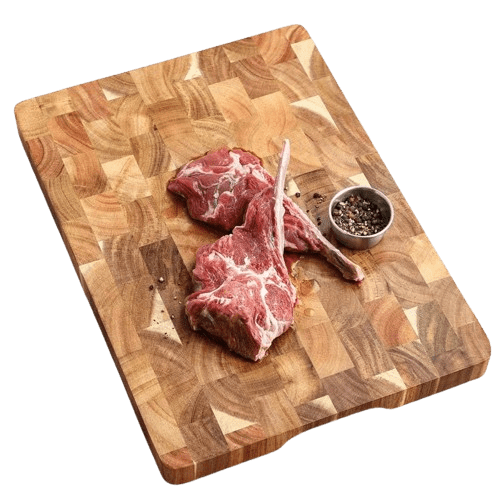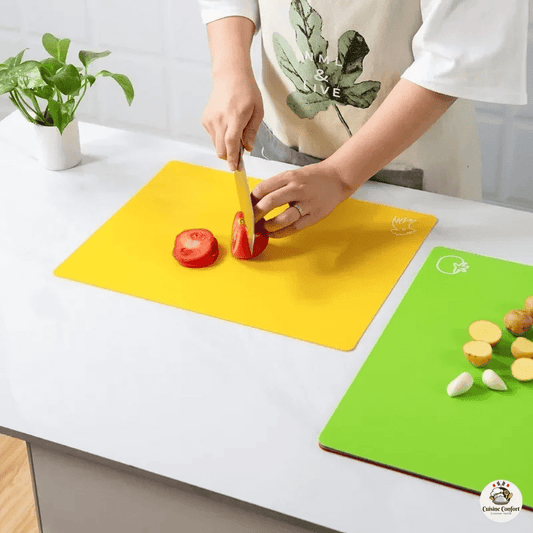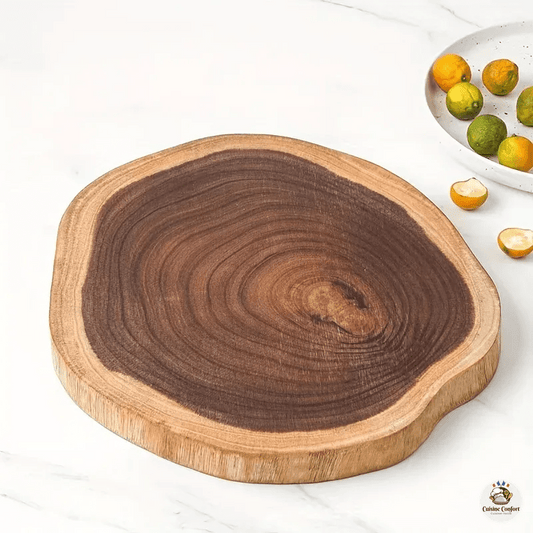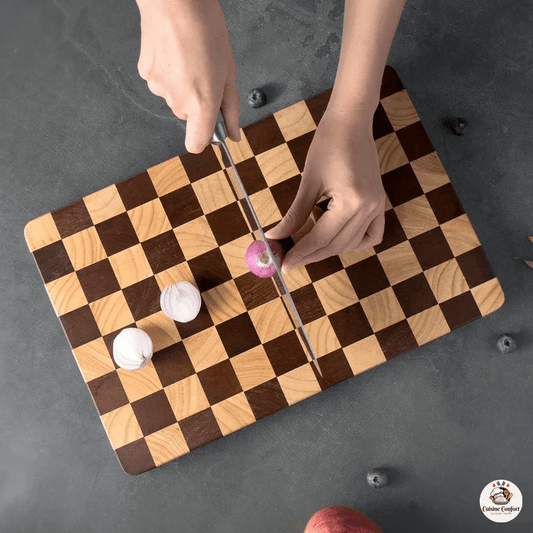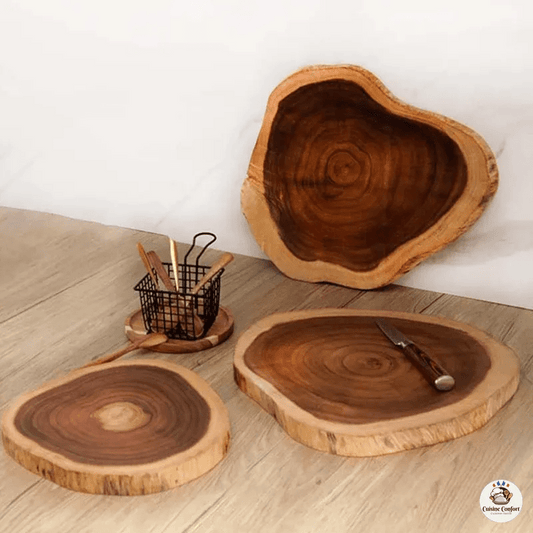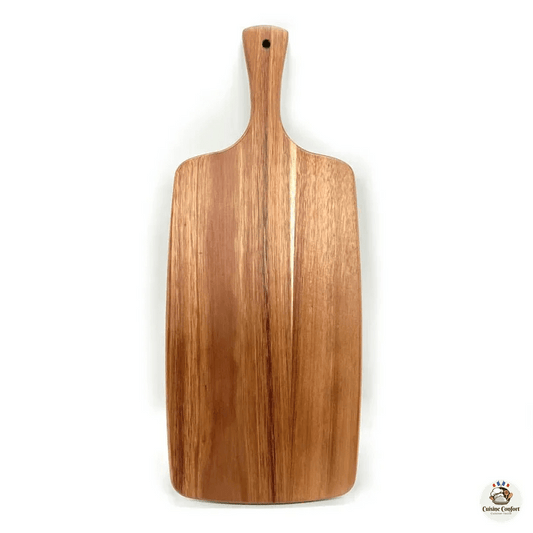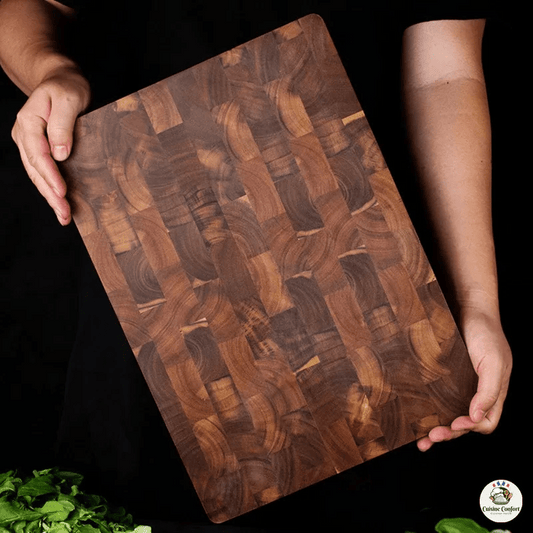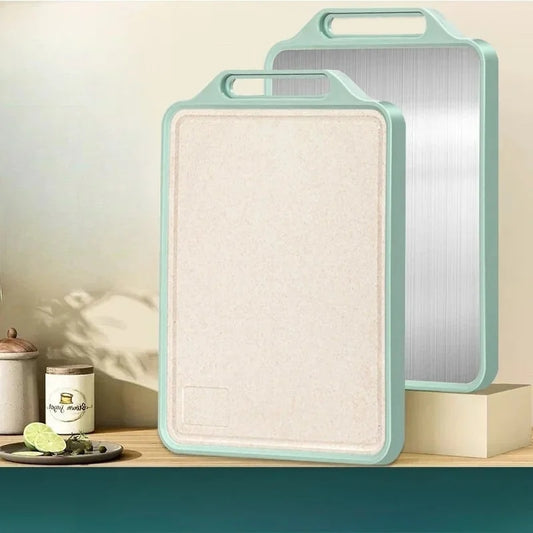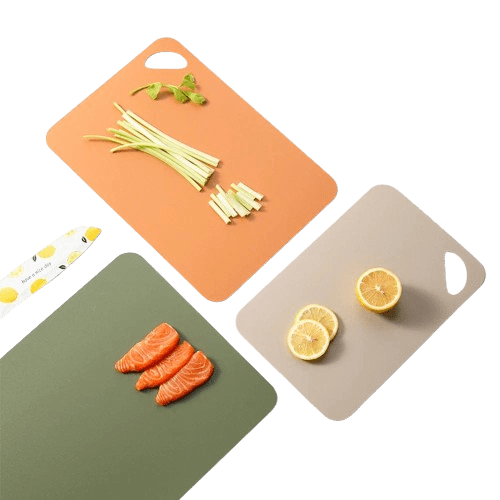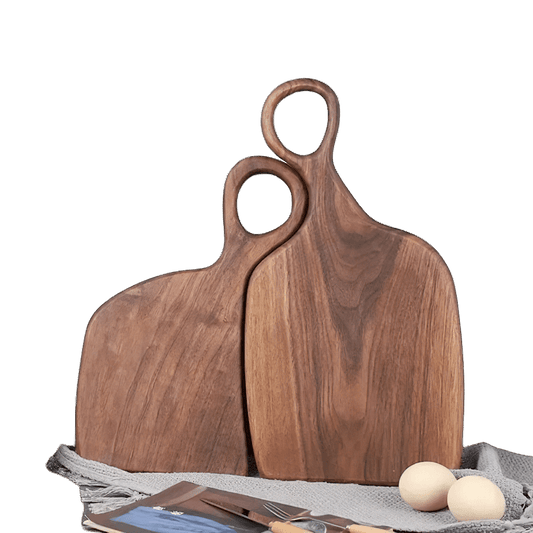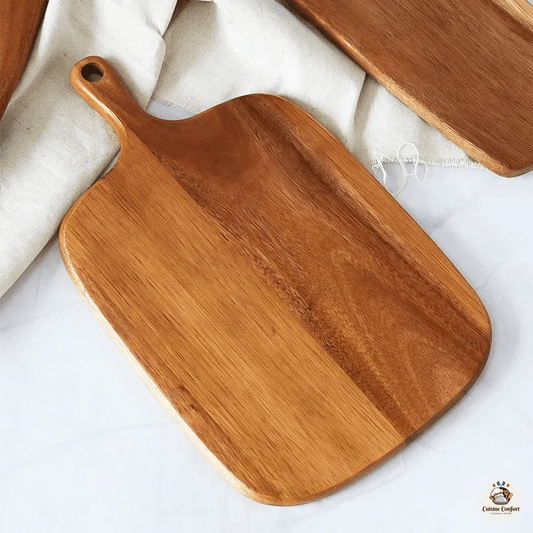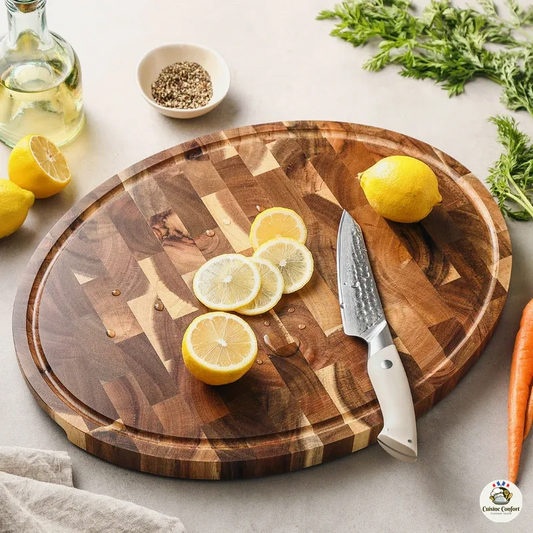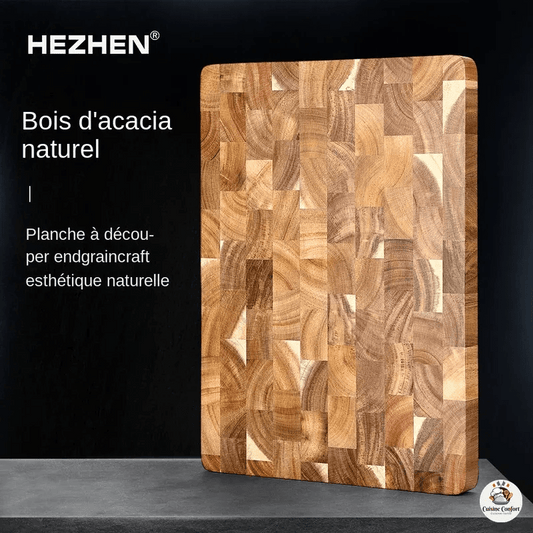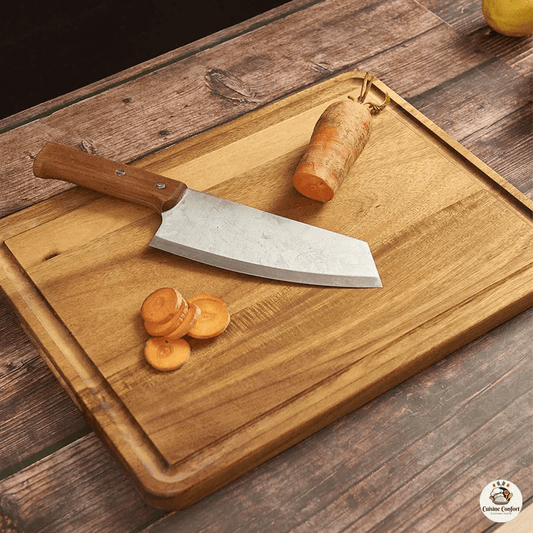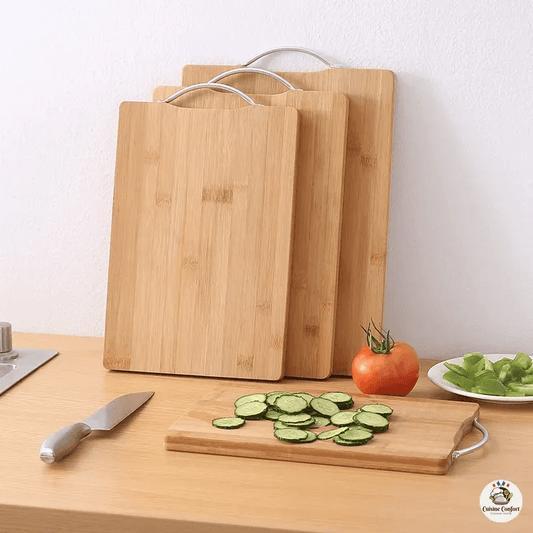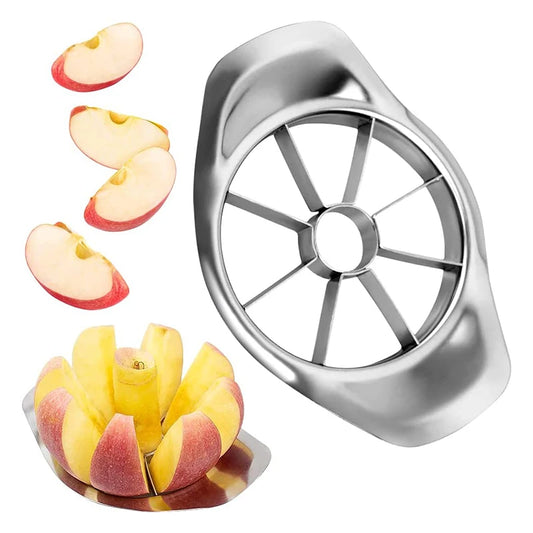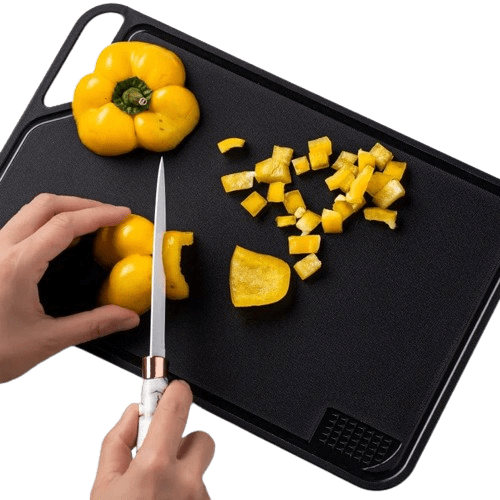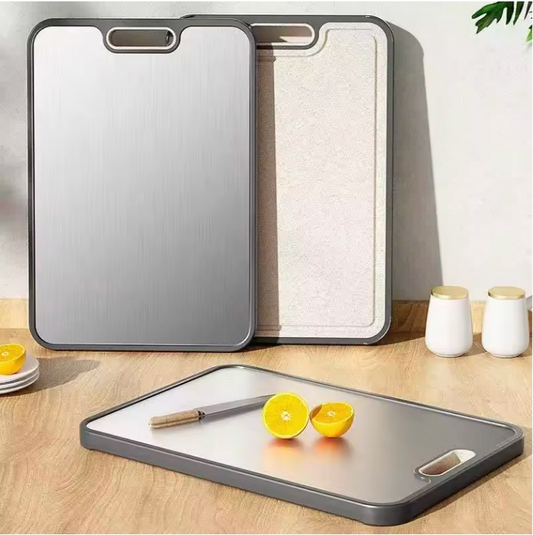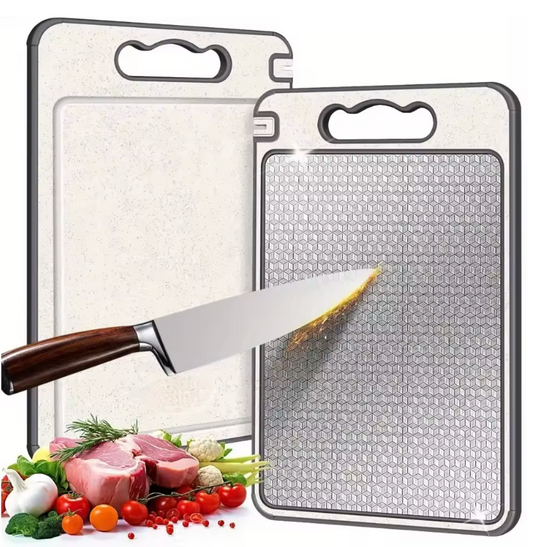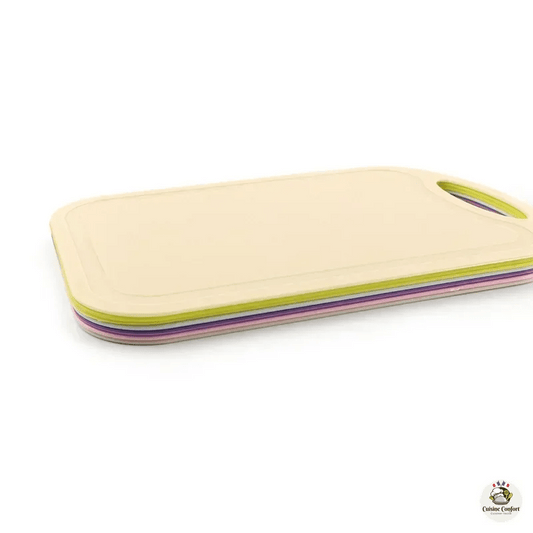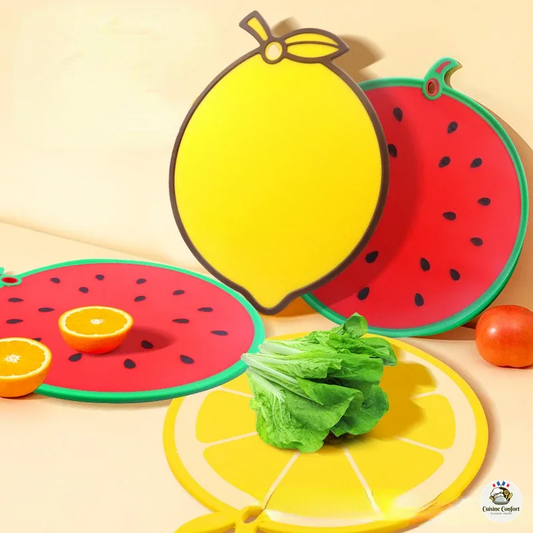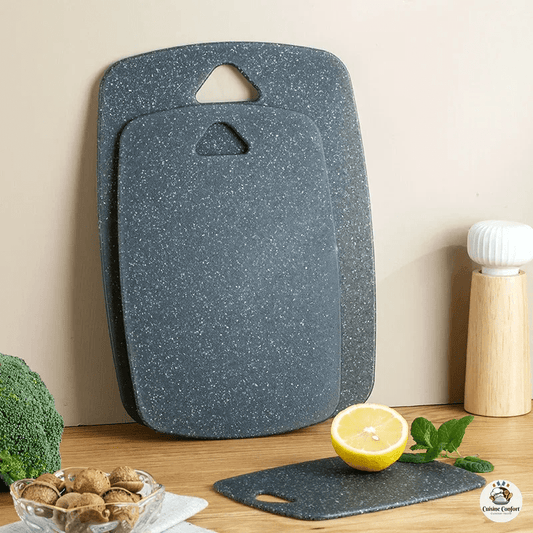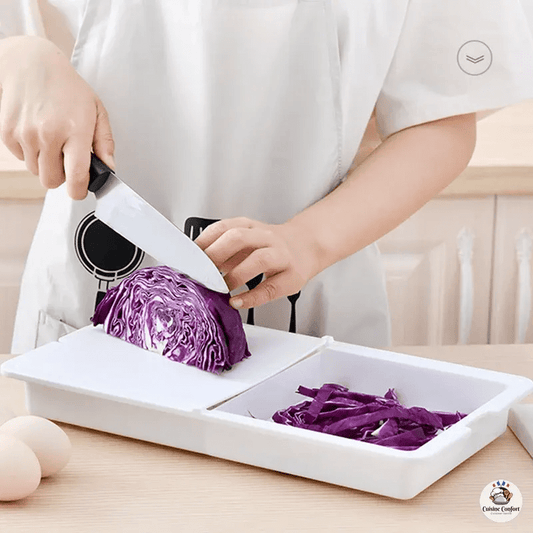Cutting boards
Choose our stainless steel, wood or plastic cutting boards, ideal for protecting your surfaces and ensuring hygienic cutting.
-
Multifunctional stainless steel kitchen cutting board
Regular price From 24,99€Regular priceUnit price / per -
Non-slip stainless steel cutting board with protective wedge
Regular price 39,99€Regular priceUnit price / per -
Non-slip acrylic cutting board
Regular price 29,99€Regular priceUnit price / per -
Acacia Cutting Board Checkerboard Solid Kitchen
Regular price 49,99€Regular priceUnit price / per -
Acacia wood cutting board
Regular price 59,99€Regular priceUnit price / per -
Double-sided acacia wood cutting board
Regular price 99,99€Regular priceUnit price / per -
Flexible plastic cutting board
Regular price 19,99€Regular priceUnit price / per -
Round reversible acacia wood cutting board
Regular price 59,99€Regular priceUnit price / per -
High quality wooden cutting board
Regular price 39,99€Regular priceUnit price / per -
Round Acacia Wood Cutting Board
Regular price 49,99€Regular priceUnit price / per -
Solid wood cheese cutting board
Regular price From 19,99€Regular priceUnit price / per -
Double-sided acacia wood cutting board
Regular price 59,99€Regular priceUnit price / per -
Planche à Découper Double Face Inoxydable avec accroche
Regular price 49,99€Regular priceUnit price / per -
Flexible and non-slip kitchen cutting board
Regular price 19,99€Regular priceUnit price / per -
Traditional Solid Walnut Wood Kitchen Cutting Board
Regular price From 34,99€Regular priceUnit price / per -
Premium beech wood cutting board
Regular price 24,99€Regular priceUnit price / per -
XINZUO Acacia Wood Cutting Board
Regular price 149,99€Regular priceUnit price / per -
Double-sided Acacia cutting board
Regular price 69,99€Regular priceUnit price / per -
Beech wood cutting board
Regular price 14,99€Regular priceUnit price / per -
Rectangular cutting board made of solid bamboo wood
Regular price 24,99€Regular priceUnit price / per -
Apple cutter: precise and easy cutting for perfect slices 🍏
Regular price 12,99€Regular priceUnit price / per2,82€Sale price 12,99€ -
Multifunctional Kitchen Cutting Board with Garlic Press
Regular price 13,95€Regular priceUnit price / per -
Planche à découper titane double face
Regular price 49,99€Regular priceUnit price / per -
Planche inox double face antidérapante
Regular price 59,99€Regular priceUnit price / per -
Washable plastic cutting board
Regular price 14,99€Regular priceUnit price / per -
Plastic cutting board for picnic
Regular price 14,99€Regular priceUnit price / per -
Double-sided marbled plastic cutting board
Regular price 14,99€Regular priceUnit price / per -
Multifunctional plastic rotating cutting board
Regular price 14,99€Regular priceUnit price / per
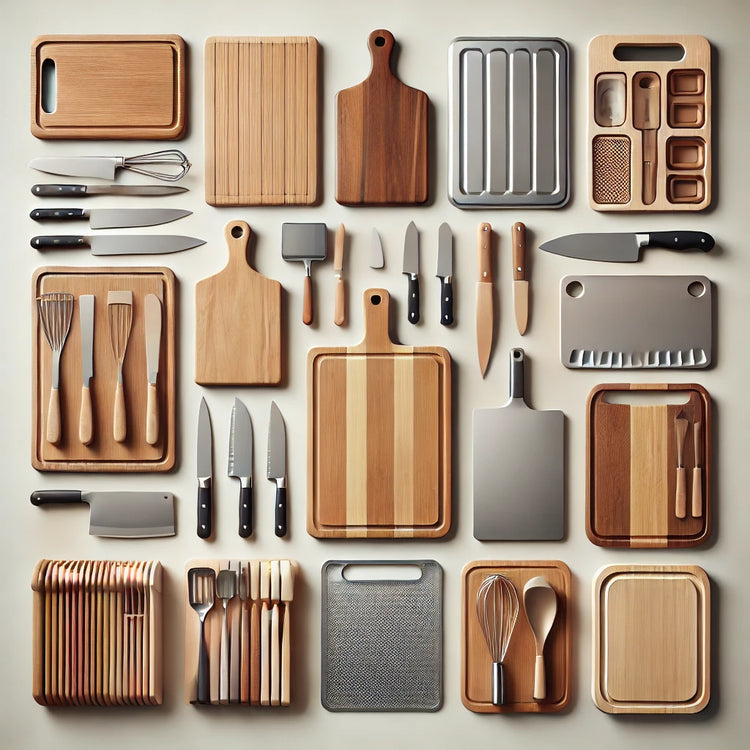
Collection: Cutting boards
Why choose the right cutting board?
Choosing the right cutting board can significantly improve your kitchen experience. An unsuitable board can affect the durability of your knives and provide less hygiene. Choosing the right material—whether wood, plastic, or stainless steel—guarantees improved food safety and increased longevity.
Types of Cutting Boards
To meet everyone's needs and preferences, we offer several types of cutting boards :
Wooden cutting board
Wooden cutting boards are renowned for their durability and natural aesthetic. They are ideal for cutting dry foods and come in a variety of wood species, each with its own unique properties. Discover our durable and stylish wooden cutting boards .
Plastic cutting board
Plastic cutting boards offer a hygienic and easy-to-maintain solution . Perfect for quick and varied cutting, they often come in a variety of sizes and are lightweight. Explore our plastic cutting boards for a hygienic solution.
Stainless steel cutting board
If you're looking for a sturdy, modern option, stainless steel chopping boards are a great choice. Easy to clean and extremely durable, they're suitable for both professional and home kitchens. Browse our selection of stainless steel chopping boards .
Comparison of materials: wood, plastic, stainless steel
To help you make your choice, here is a comparison of the main materials:
Wood : ideal for preserving the sharpness of knives, resistant, but requires specific maintenance to avoid bacteria.
Plastic : Lightweight, affordable, and often dishwasher-safe, it's suitable for those looking for an easy-to-clean option.
Stainless steel : ultra-hygienic and stain-resistant, recommended for intensive use.
Tips for maintaining your cutting board
Maintaining your board is essential to prolong its lifespan. Each material has specific needs:
Wood : Apply cooking oil regularly to prevent cracking and drying out. Clean with a damp cloth and avoid soaking it in water.
Plastic : These boards are often dishwasher safe, making them very practical for everyday use.
Stainless steel : A simple cleaning with warm water and a mild detergent is enough to keep the board clean and stain-free.
What is the best material for a cutting board?
The best cutting board depends on your habits. Wood is ideal for dry foods, while plastic is more hygienic for wet foods, and stainless steel is suitable for professional environments.
When should you change a cutting board?
A board should be changed as soon as it has deep marks or cracks that can trap bacteria, in order to ensure optimal hygiene.
